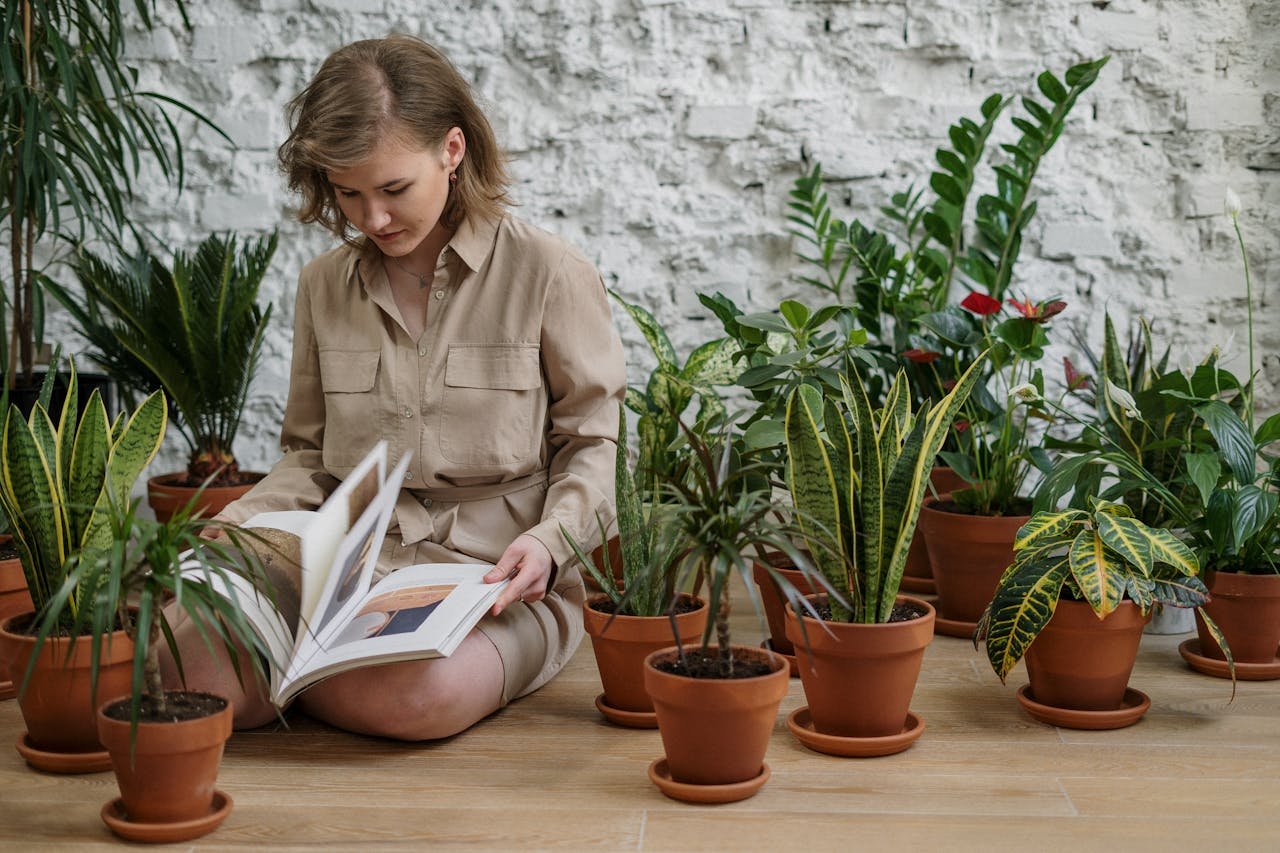Indoor house plant fertilizer; I love having indoor plants; they bring life and beauty to my home. However, I learned the hard way that just watering them isn’t enough to keep them thriving. Fertilizing my houseplants is just as crucial. Here are some basics to help you get started:
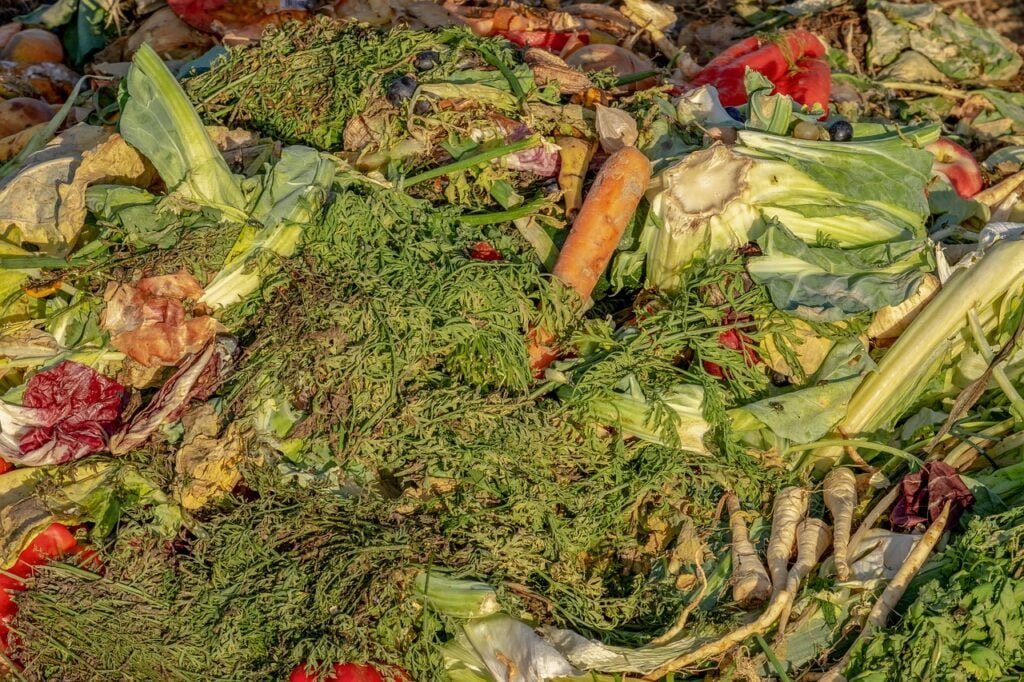
Types of Indoor house plant fertilizer:
Indoor house plant fertilizer; There are various types of fertilizers available, including liquid, granular, and slow-release. I prefer using a balanced liquid fertilizer as it’s easy to apply and provides nutrients to my plants quickly.
When to Fertilize:
Fertilizing frequency varies depending on the plant and the fertilizer used. I find it best to fertilize my houseplants during their growing season, usually in spring and summer. I skip Indoor houses plant fertilizer in the fall and winter when the plants are dormant.
How to Apply:
Before fertilizing, I always make sure the soil is damp to prevent root burn. I dilute the fertilizer to half its recommended strength to avoid overfeeding. Then, I pour the mixture into the soil, ensuring it’s evenly distributed.
Monitoring Growth:
By observing my plants’ growth, I can determine if they need more or less fertilizer. If they show signs of nutrient deficiency, such as yellowing leaves or stunted growth, I adjust my fertilizing routine accordingly.
Flush Out Accumulated Salts:
Over time, salts from fertilizers can accumulate in the soil, causing harm to the plants. I flush out these salts by occasionally watering my plants thoroughly, allowing excess water to drain out.
Remember, Indoor houses plant fertilizer is not a one-size-fits-all solution. Each plant has unique needs, so it’s essential to research and understand the specific requirements of your houseplants. With proper fertilization, your indoor oasis will flourish and bring you joy for years to come.
Choosing the Right Indoor house plant fertilizer
When it comes to choosing the right fertilizer for your houseplants, there are a few key things to consider. First, think about the type of plants you have. Different plants have different nutrient requirements, so it’s essential to select a fertilizer that meets their specific needs. For example, flowering plants may require a fertilizer high in phosphorus to promote blooming, while foliage plants may benefit from a nitrogen-rich fertilizer to encourage lush growth.
Next, consider the formulation of the fertilizer. There are three main types of fertilizer formulations: liquid, granular, and slow-release. Liquid fertilizers are fast-acting and are usually mixed with water for easy application. Granular fertilizers are dry and are sprinkled on top of the soil, where they slowly release nutrients over time. Slow-release fertilizers come in the form of spikes or pellets that gradually break down, providing a steady supply of nutrients.
Another factor to consider is the nutrient ratio of the fertilizer. This ratio is represented by three numbers on the packaging, such as 10-10-10 or 5-10-5, which indicate the proportions of nitrogen, phosphorus, and potassium in the fertilizer. The right ratio will depend on the specific needs of your plants, so be sure to choose a fertilizer that aligns with their requirements.
Top 15 Low Light Plants for Your Home and Office
Growing Olive tree indoor plant
In addition to these considerations, it’s essential to follow the instructions on the fertilizer packaging carefully. Over-fertilizing can harm your plants, so it’s crucial to use the recommended amount and frequency. Remember, it’s always better to under-fertilize than to over-fertilize, as too much fertilizer can lead to nutrient imbalances and damage your plants.
By taking the time to select the right fertilizer for your houseplants and following proper fertilizing practices, you can help your plants thrive and flourish with the nutrients they need to grow healthily.
Creating a Indoor house plant fertilizer Schedule
I start by assessing each of my houseplants individually to determine their specific fertilizing needs. Some plants may require fertilization every few weeks, while others only need it once a month. Once I have this information, I create a schedule to keep track of when each plant was last fertilized and when it will need fertilizing next.
To make things easier, I set reminders on my phone or write the schedule down in a notebook. I find that sticking to a consistent routine helps maintain the health of my plants and ensures they receive the nutrients they need to thrive.
When creating a fertilizing schedule, I consider factors such as the type of plant, its growth stage, and the time of year. For example, during the growing season in spring and summer, most of my plants require more frequent fertilization. In contrast, I reduce the frequency during fall and winter when growth slows down.
I also pay attention to the type of fertilizer I use and adjust the schedule accordingly. Some fertilizers are slow-release, providing nutrients over a longer period, while others are quick-release and need more frequent application. By understanding the needs of each plant and the characteristics of the fertilizer, I can tailor the schedule to ensure optimal growth and health.
Having a fertilizing schedule in place not only helps me stay organized but also benefits my plants by providing them with consistent care. It’s a simple yet effective way to promote strong, vibrant growth and beautiful foliage in my indoor garden.
Different Methods of Indoor house plant fertilizer
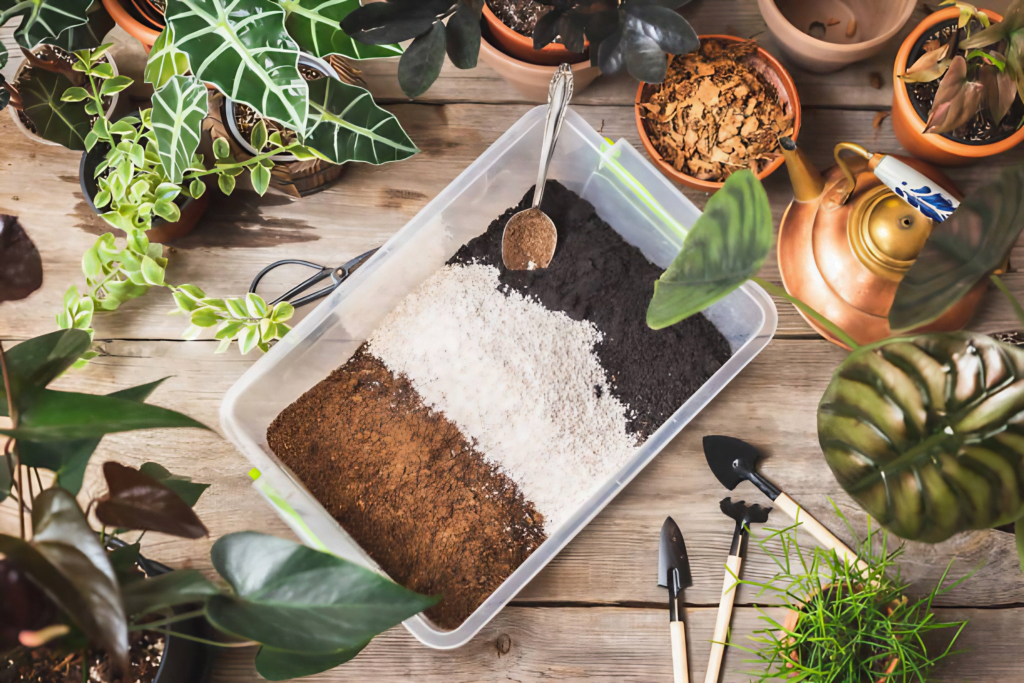
I always strive to keep my houseplants healthy and thriving, and the right fertilization method plays a crucial role in achieving this. There are different methods you can use to fertilize your houseplants effectively:
Water-soluble Fertilizer: One of the most common ways to fertilize houseplants is by using water-soluble fertilizer. I find this method convenient as I can simply mix the fertilizer with water and apply it to my plants during regular watering. It ensures that nutrients are evenly distributed to the roots.
Granular Fertilizer: Granular fertilizer is another option that I have found effective for my houseplants. This type of fertilizer is slowly released into the soil, providing a continuous source of nutrients to the plants over time. I prefer to apply granular fertilizer during the growing season for consistent feeding.
Liquid Fertilizer: Liquid fertilizer is a quick-acting option that I sometimes use when my plants need an immediate nutrient boost. I dilute the liquid fertilizer with water and directly apply it to the soil. It is essential to follow the instructions on the product packaging to avoid over-fertilizing.
Slow-release Fertilizer: If you prefer a hands-off approach to fertilizing, slow-release fertilizer may be the way to go. These fertilizers come in pellet form and gradually break down to provide nutrients to the plants over an extended period. I have found this method convenient, especially for busy periods when I may forget to fertilize regularly.
More information
By exploring these different fertilization methods, I have been able to cater to the specific needs of each of my houseplants and ensure they receive the right balance of nutrients for healthy growth. Remember to always consider your plants’ individual requirements when choosing a fertilization method.
Signs of Nutrient Deficiencies in Houseplants
I love watching my houseplants thrive and grow, but sometimes they can show signs of nutrient deficiencies. Here are some common signs to look out for:
Yellowing Leaves: When I notice yellowing leaves on my houseplants, it is often a sign of nitrogen deficiency. Nitrogen is crucial for healthy leaf development, so I make sure to adjust my fertilizer to provide enough of this nutrient.
Stunted Growth: If I see that my houseplants are not growing as quickly as they should, it could be due to a lack of phosphorus. Phosphorus is essential for root development and overall plant growth, so I always check my fertilizer to ensure it contains an adequate amount of this nutrient.
Purple or Reddish Leaves: Sometimes, my plants develop purple or reddish leaves, indicating a potassium deficiency. Potassium helps with flower and fruit development, so I make sure to select a fertilizer that includes this important nutrient.
Leaf Drop: When my houseplants start dropping leaves for no apparent reason, it could be a sign of magnesium deficiency. Magnesium is necessary for photosynthesis and overall plant health, so I pay attention to the magnesium content in my fertilizer.
Leaf Curling: Curling leaves can signal a calcium deficiency in my houseplants. Calcium is important for cell wall structure and nutrient uptake, so I make sure my plants are getting enough of this nutrient through their fertilizer.
By being observant and recognizing these signs of nutrient deficiencies in my houseplants, I can adjust my fertilizing routine to provide them with the nutrients they need to thrive and stay healthy.
Avoiding Over-Indoor house plant fertilizer
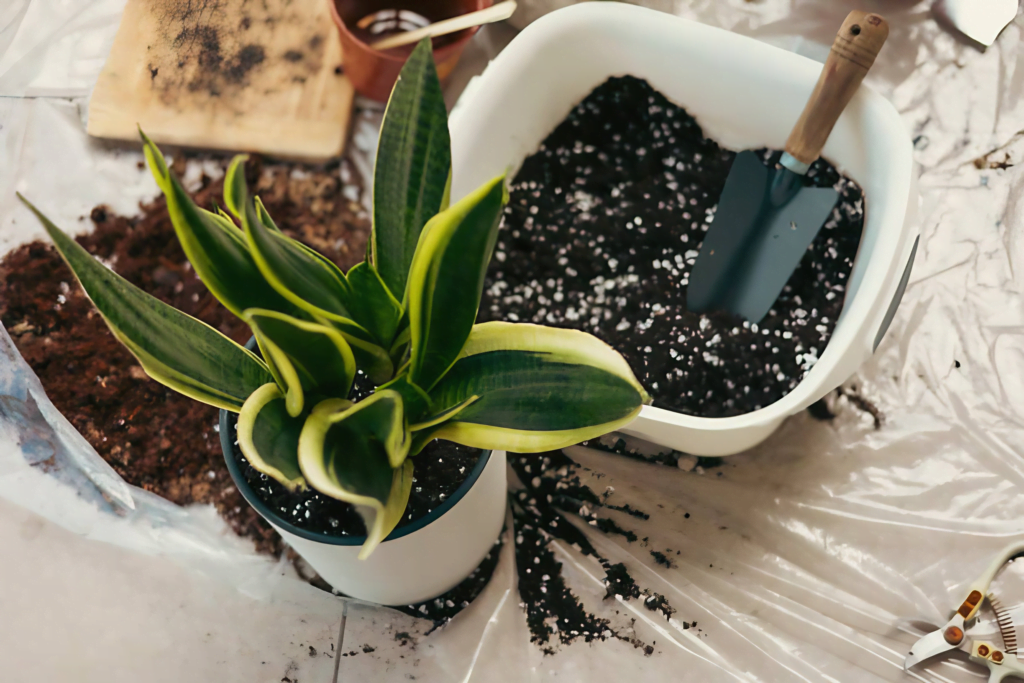
I learned the hard way that more is not always better when it comes to fertilizing houseplants. Over-fertilization can be just as harmful as under-fertilization, causing burnt roots, wilting leaves, or even plant death. Here are some tips I picked up to help avoid overdoing it with the plant food:
Read the instructions: Before fertilizing your houseplants, take the time to read the instructions on the Indoor houses plant fertilizer package. Different plants have different needs, and the instructions will tell you how much and how often to feed them.
Use a diluted solution: Instead of applying full-strength fertilizer, dilute it to half or even a quarter of the recommended concentration. This way, you can feed your plants without overwhelming them with nutrients.
Fertilize sparingly: It’s better to under-fertilize than to over-fertilize. Start with a small amount of fertilizer and gradually increase the frequency or strength if your plant shows signs of needing more nutrients.
Watch for signs of stress: Keep an eye on your plants for any signs of nutrient imbalances. Yellowing leaves, brown tips, or stunted growth could indicate that your plant is not getting the right amount of fertilizer.
Flush out excess minerals: If you accidentally over-fertilize your plant, flush out the excess minerals by giving it a good watering. This can help prevent a buildup of salts in the soil and minimize damage to the roots.
By being mindful of how much and how often I fertilize my houseplants, I can help them thrive without the risk of over-fertilization. Remember, a little goes a long way when it comes to feeding your leafy friends.
Fertilizing Different Types of Houseplants
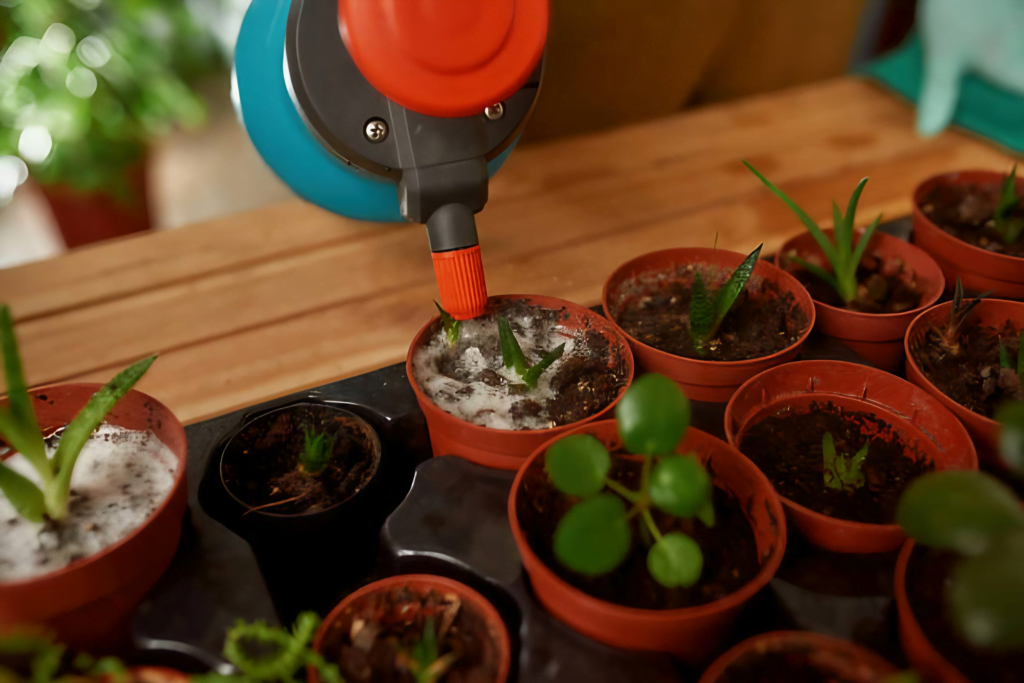
When it comes to fertilizing my houseplants, I’ve learned that different plants have different needs. Here’s how I go about fertilizing various types of houseplants:
Foliage Plants:
For my foliage plants like pothos, philodendron, and spider plants, I opt for a balanced fertilizer with equal N-P-K ratios. I dilute the fertilizer to half strength and feed them every 2-4 weeks during the growing season. These plants don’t require as much feeding during the dormant winter months.
Flowering Plants:
Plants that bloom, such as African violets, orchids, and peace lilies, need a fertilizer higher in phosphorus to support flower production. During the blooming season, I use a bloom-boosting fertilizer every 2-4 weeks. In the off-season, I switch to a balanced fertilizer to support overall plant health.
Cacti and Succulents:
Cacti and succulents have unique requirements. I use a specialized cacti fertilizer or a succulent fertilizer during the growing season, feeding them sparingly every 4-6 weeks. These plants require very little feeding during the winter months when they are mostly dormant.
Air Plants:
Air plants, such as Tillandsia, are a bit different. I soak them in a solution of air plant fertilizer once a month, making sure to shake off excess water to prevent rot. I also mist them with a diluted fertilizer solution every few weeks to supplement their nutrient intake.
Each type of houseplant has its own feeding schedule and requirements, so it’s essential to pay attention to the specific needs of your plants. By tailoring my fertilizer regimen to the type of houseplant I have, I ensure they receive the nutrients they need to thrive and grow beautifully.
Organic vs. Synthetic Indoor house plant fertilizer
When it comes to choosing the right fertilizer for your houseplants, you might come across the dilemma of organic vs. synthetic options. Let me share with you my experience with both types to help you make an informed decision.
Organic Fertilizers:
Benefits: Organic fertilizers are derived from natural sources like compost, manure, or bone meal. They provide a slow release of nutrients, feeding your plants gradually over time. Plus, they improve soil structure and promote beneficial microbial activity.
Drawbacks: However, organic fertilizers can be bulky and may have a lower concentration of nutrients compared to synthetics. They also take longer to show results, requiring patience and consistent application.
Synthetic Fertilizers:
Benefits: Synthetic fertilizers are manufactured to provide precise concentrations of nutrients for quick plant absorption. They are convenient to use and offer fast results, perfect for addressing nutrient deficiencies effectively.
Drawbacks: Yet, synthetic fertilizers may contain chemicals that can build up in the soil over time, leading to potential harm if overused. They may also hinder the growth of beneficial soil organisms.
In my journey with houseplants, I’ve found that a combination of both organic and synthetic fertilizers works best. I use organic options regularly to maintain soil health and balance, while occasionally supplementing with synthetic fertilizers when my plants need a quick nutrient boost.
Remember, the key is to observe your plants closely and adjust your fertilizing routine based on their individual needs. By understanding the differences between organic and synthetic fertilizers, you can create a customized fertilizing plan that will keep your houseplants thriving.
Troubleshooting Common Fertilizing Issues
I once encountered a situation where my houseplant’s leaves started turning yellow, despite my regular fertilizing routine. After some research and trial and error, I realized that I was over-fertilizing my plant. This led me to understand the importance of troubleshooting common fertilizing issues to ensure the health and growth of my houseplants. Here are some common problems you might encounter and how to address them:
Yellowing Leaves: If you notice your plant’s leaves turning yellow, it could indicate over-fertilization. I learned that flushing the soil with water can help remove excess salts and nutrients. Adjusting your fertilizing schedule can also prevent this issue from occurring again.
Wilting or Drooping Leaves: Wilting or drooping leaves can be a sign of both under and over-fertilization. I found that checking the soil moisture levels before fertilizing helped me determine if my plant actually needed more nutrients or if there was a different underlying issue causing the wilting.
Burnt Leaf Tips: Burnt leaf tips are a common sign of fertilizer burn. I learned to dilute the fertilizer more than recommended and ensure that I watered my plants thoroughly after fertilizing to prevent this issue.
Stunted Growth: If your plant is not showing signs of new growth or if it is growing very slowly, it might be lacking essential nutrients. Testing the soil to identify any nutrient deficiencies and adjusting your fertilizing routine accordingly can help promote healthy growth.
Root Rot: Over-fertilization can also lead to root rot, which can be detrimental to your plant’s health. I discovered that repotting the plant in fresh soil and adjusting the fertilizing schedule to prevent nutrient buildup can help prevent root rot.
By being attentive to these common fertilizing issues and adjusting your fertilizing routine as needed, you can ensure that your houseplants remain healthy and thrive in your care.
Tips for Maximizing Fertilizer Efficiency
I remember when I first started caring for houseplants; I thought the more fertilizer, the better. However, I soon learned that this approach can do more harm than good. Here are some tips I’ve picked up along the way to help you maximize fertilizer efficiency for your houseplants:
Use the right type of fertilizer: Not all houseplants have the same nutritional needs. Make sure to choose a fertilizer that is specifically formulated for the type of plants you have. For example, flowering plants may require a different balance of nutrients compared to foliage plants.
Follow the instructions: It may be tempting to add extra fertilizer, thinking it will help your plants grow faster. However, over-fertilizing can lead to salt buildup in the soil, causing root burn and other issues. Always follow the instructions on the fertilizer packaging for the best results.
Fertilize during the growing season: Houseplants are more active during the growing season when they need more nutrients to support their growth. I like to fertilize my plants every 4-6 weeks during this time to keep them healthy and thriving.
Water before fertilizing: To prevent fertilizer burn, make sure to water your plants thoroughly a day or two before fertilizing. This helps to flush out any excess salts from the soil and prepares the plant to receive nutrients more efficiently.
Consider using a diluted solution: If you’re unsure about the strength of the fertilizer or if you have sensitive plants, it’s a good idea to use a half-strength or diluted solution. This reduces the risk of over-fertilizing while still providing essential nutrients.
Remember, the goal of fertilizing your houseplants is to support their growth and health, so it’s essential to find the right balance and approach. Happy fertilizing!



